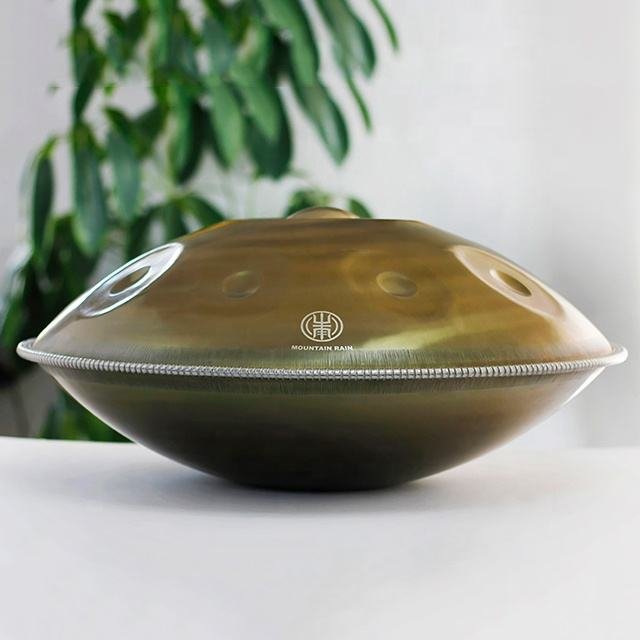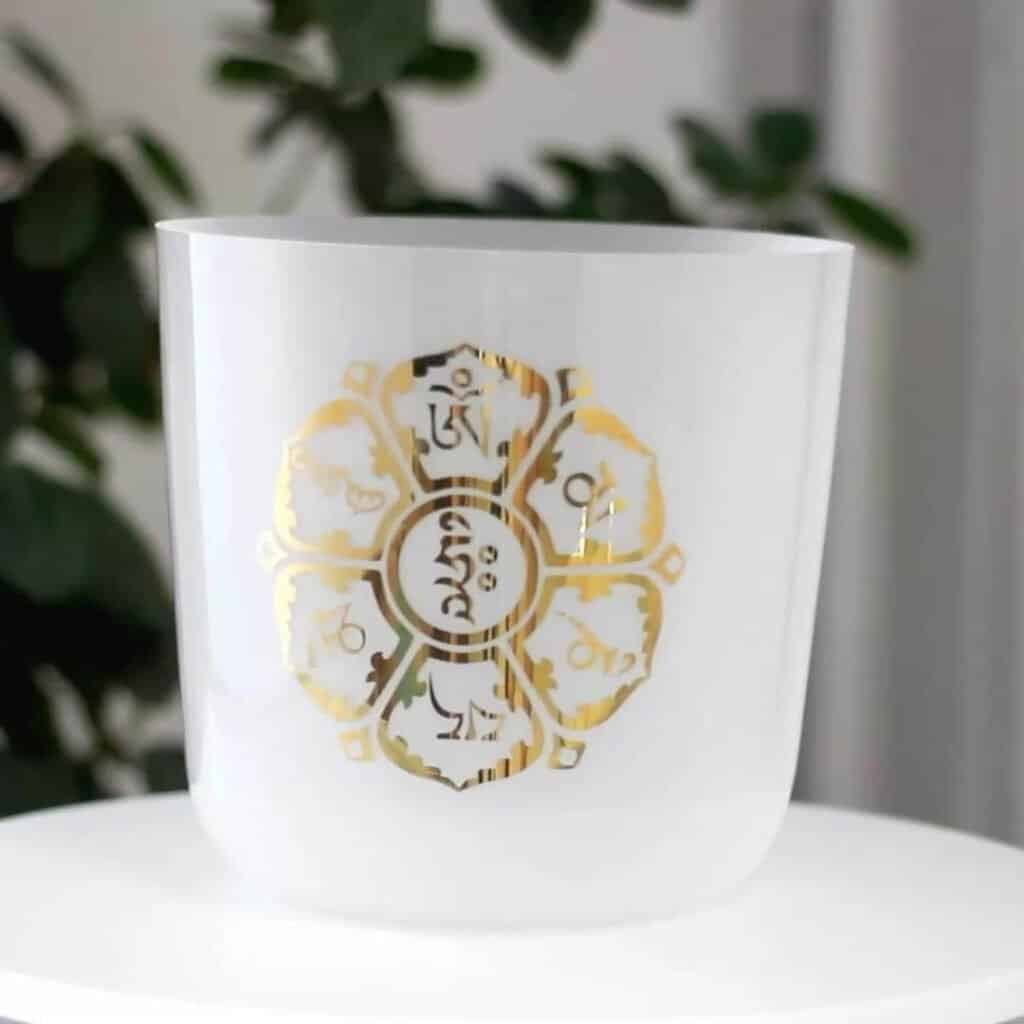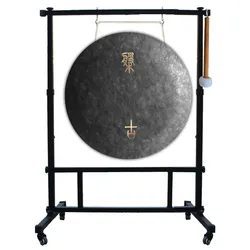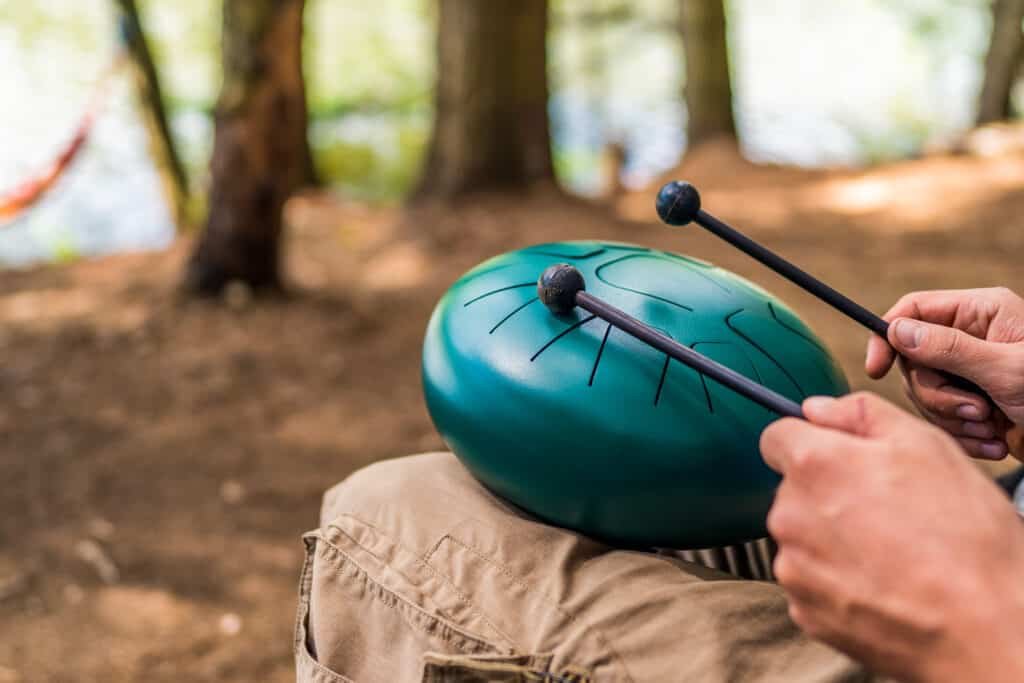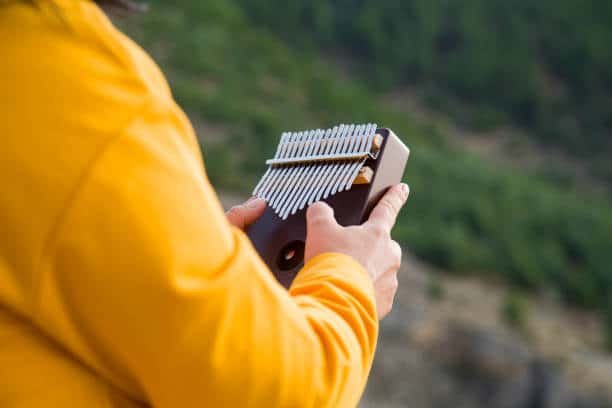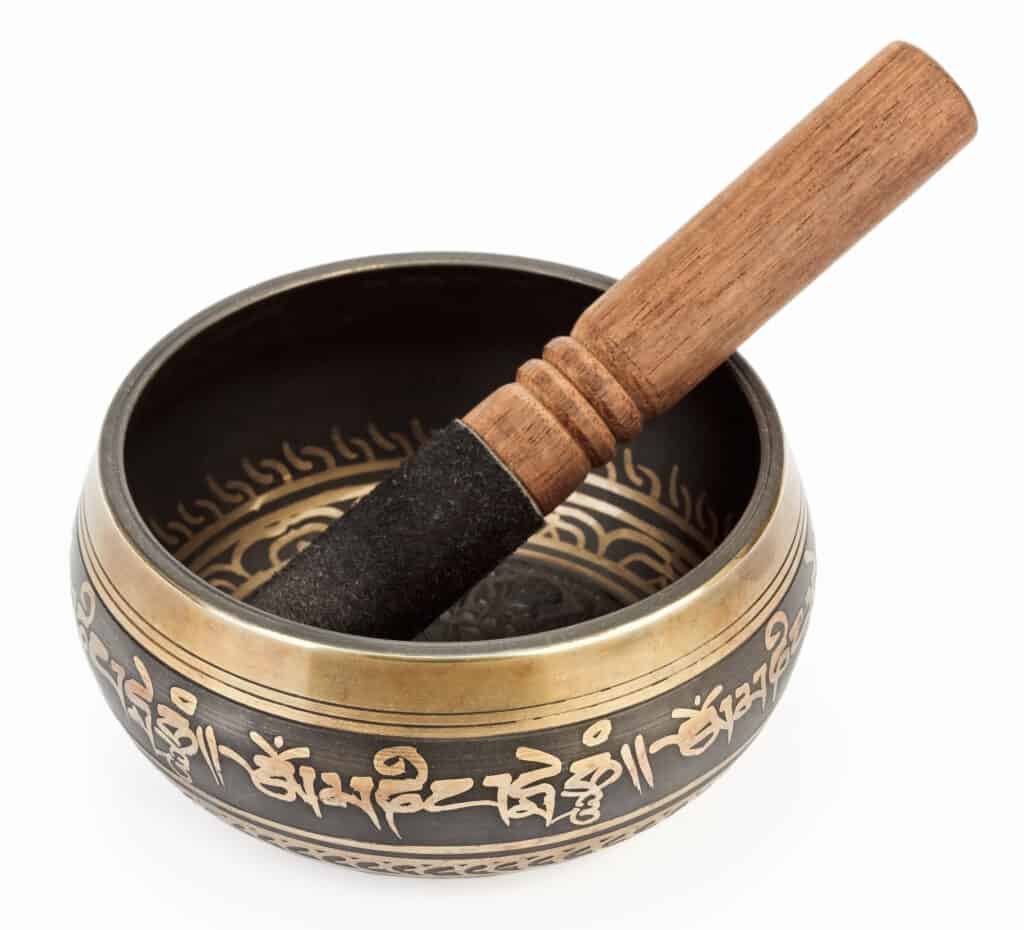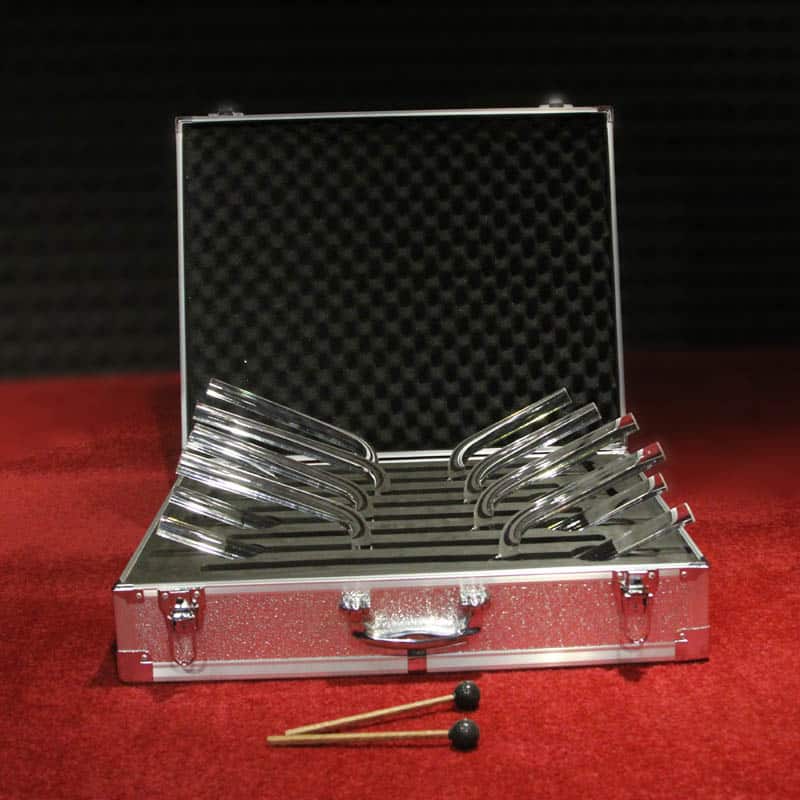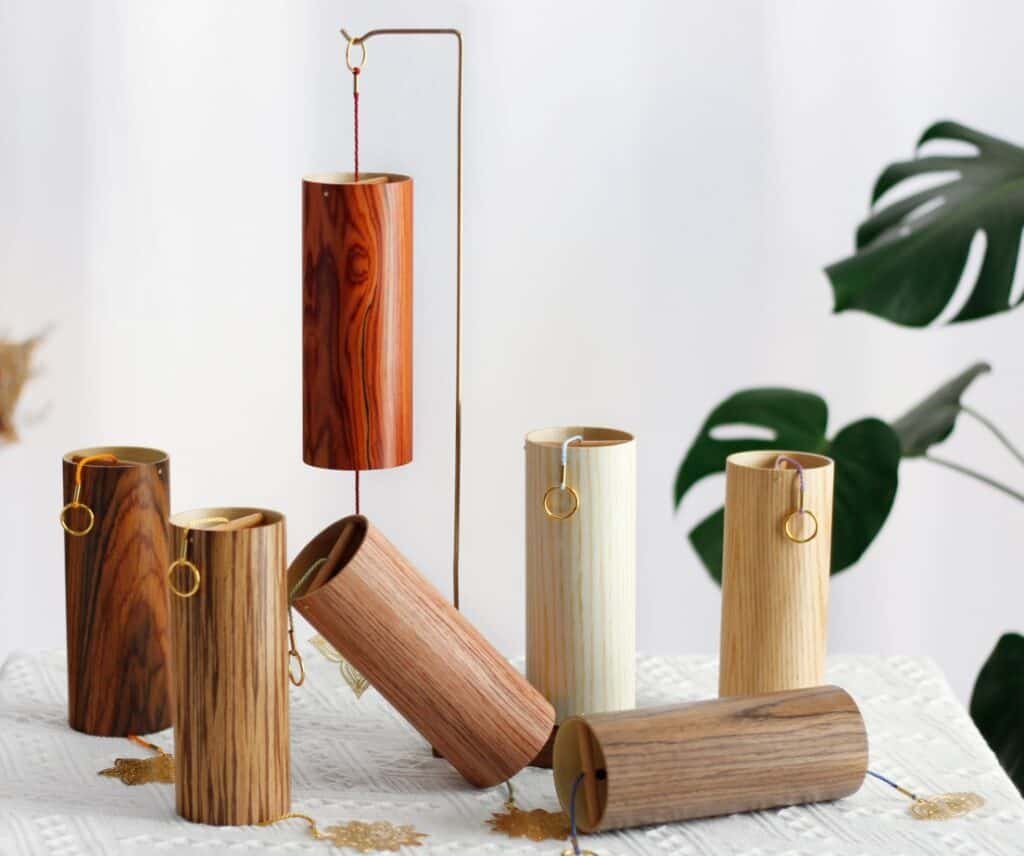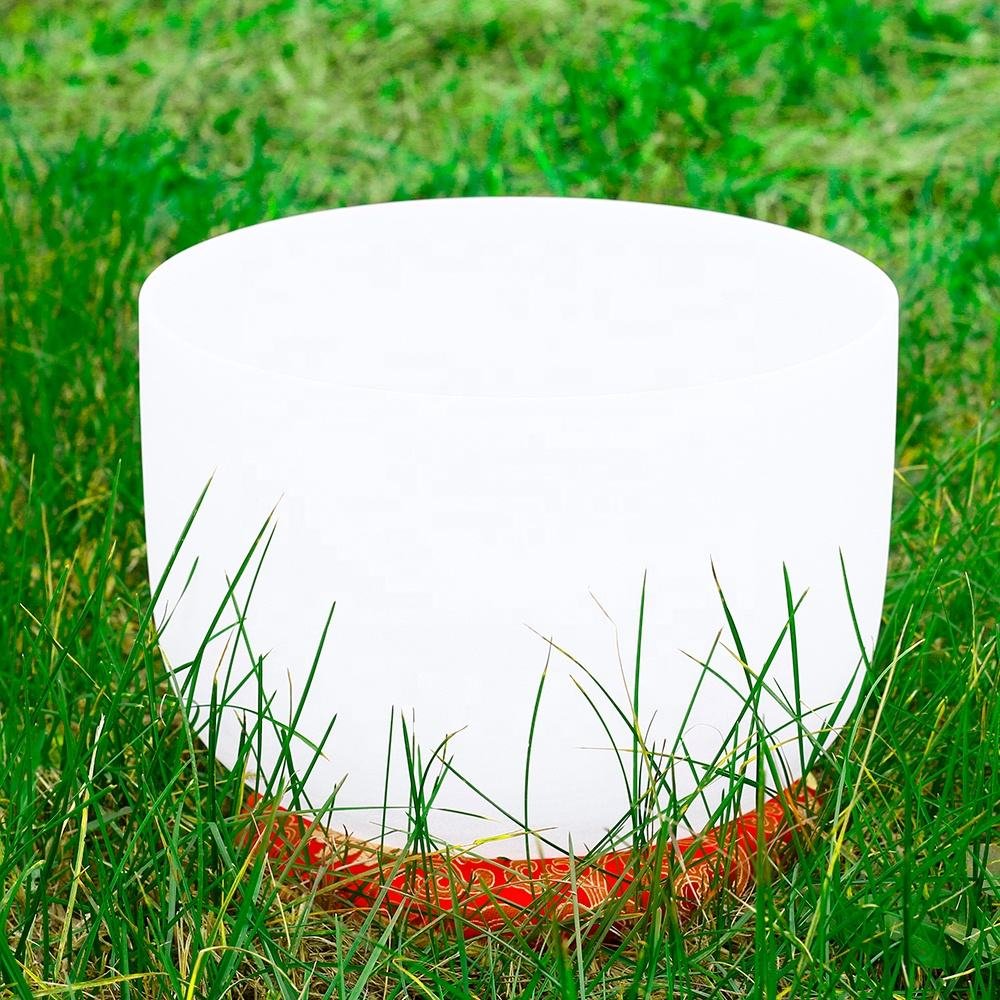Introduction: The history and evolution of the lyre
The lyre is a stringed musical instrument that has a long and rich history dating back to ancient cultures. Its unique and soothing sound has made it a beloved instrument for many musicians and music lovers around the world. The lyre consists of a resonator (usually in the shape of a pear or almond) and a yoke with two curved arms that hold the strings. It is played by plucking the strings with the fingers or a plectrum, and its soothing sound is created by the vibrations of the strings being transmitted through the resonator. The lyre has a long and rich history that spans many centuries and cultures, and it has undergone many changes and evolution as it has been adapted to different styles and genres. Today, the lyre is still being used and enjoyed by musicians and music lovers around the world, and it is likely to continue to evolve and be used in new and creative ways in the future.
Choosing a lyre: How to select the right lyre for your needs and skill level
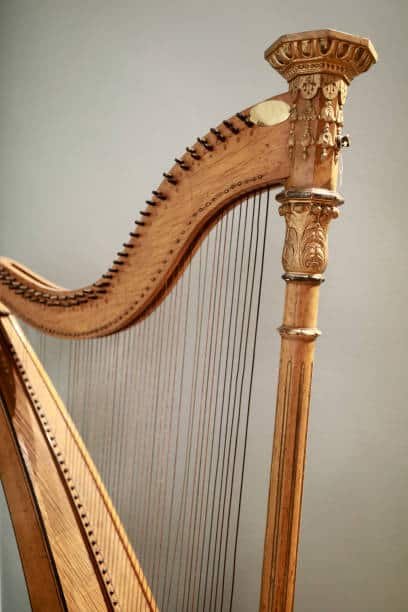
If you are interested in learning to play the lyre, one of the first things you will need to do is choose the right lyre for your needs and skill level. Here are some things to consider when selecting a lyre: Size: Lyres come in a range of sizes, from small and portable to large and more elaborate. Consider the size of the lyre that will be most comfortable and easy for you to play, based on your skill level and physical size. Number of strings: Lyres can have anywhere from six to ten strings, and the number of strings can affect the instrument’s sound and playability. Consider the number of strings that will be most suitable for your skill level and the type of music you want to play. Materials: Lyres can be made from a variety of materials, including wood, metal, and plastic. Consider the materials that will be most durable and produce the sound you are looking for. Brand and price: There are many different brands and price points to choose from when it comes to lyres. Consider your budget and read reviews to find a lyre that is of good quality and value for the price. By considering these factors, you can find the right lyre for your needs and skill level.
Setting up and tuning your lyre: Tips for getting your lyre ready to play
Once you have selected a lyre, it is important to set it up and tune it properly in order to get the best sound and playability. Here are some tips for setting up and tuning your lyre: Set the height of the lyre: Adjust the height of the lyre so that the strings are at a comfortable height for you to play. Tune the strings: Tune the strings of the lyre using a tuner or by matching the pitch to a reference pitch. Make sure to tune each string to the correct pitch, as this will affect the overall sound of the lyre. Check the string tension: Make sure the strings are not too loose or too tight, as this can affect the sound and playability of the lyre. Check the bridge position: Make sure the bridge of the lyre is properly positioned, as this will affect the sound and playability of the instrument. By properly setting up and tuning your lyre, you can ensure that it is ready to play and will produce the best possible sound.
Basic lyre technique: How to hold, pluck, and strum the lyre
Once you have set up and tuned your lyre, you can start learning the basic technique for playing the instrument. Here are some tips for holding, plucking, and strumming the lyre: Hold the lyre: Hold the lyre with your left hand on the back of the resonator and your right hand on the strings. Pluck the strings: Use your fingers or a plectrum to pluck the strings of the lyre. Experiment with different plucking techniques to find what works best for you. Strum the lyre: Use a back and forth motion to strum the lyre. Experiment with different strumming patterns and speeds to create different sounds and rhythms. By mastering these basic lyre techniques, you can start to play simple melodies and explore the full range of sounds and textures that the lyre has to offer.
Reading lyre music: An introduction to reading and interpreting lyre music notation
If you want to learn to play the lyre using sheet music, it is important to understand how to read and interpret lyre music notation. Here are some basic principles to keep in mind when reading lyre music: The staff: The staff is a series of five horizontal lines on which musical notes are written. The lines and spaces between the lines represent different pitches, with the higher pitches written higher on the staff and the lower pitches written lower on the staff. Clefs: A clef is a symbol that is placed at the beginning of the staff to indicate the range of pitches that the music will use. The most common clefs for the lyre are the G clef and the F clef. Notes: Notes are written on the staff to indicate the pitch and duration of a sound. The size and shape of the note, as well as its position on the staff, indicate the pitch and duration of the sound. Time signature: The time signature is a symbol that appears at the beginning of the piece and indicates the number of beats in a measure and the type of note that gets one beat. By understanding these basic principles of lyre music notation, you can begin to interpret and play sheet music for the lyre.
Practicing and improving your lyre skills: Tips and strategies for mastering the lyre
To master the lyre and improve your skills, it is important to practice regularly and adopt a structured approach to learning. Here are some tips and strategies for practicing and improving your lyre skills: Set goals: Determine what you want to achieve with your lyre playing, and set specific goals to work towards. This can help you stay motivated and focused as you practice. Create a practice schedule: Set aside dedicated time each week to practice the lyre. Make sure to practice consistently, as this will help you to improve more quickly. Start with the basics: Begin by learning the basic techniques for holding, plucking, and strumming the lyre. Then, gradually build up your skills by learning simple melodies and exploring more advanced techniques. Use a metronome: A metronome can be a useful tool for helping you to stay in time and improve your timing and rhythm. Use a metronome when practicing to help you stay on track. Take lessons: Consider taking lyre lessons from a professional instructor. This can be a great way to learn new skills, get feedback on your playing, and stay motivated. By practicing consistently and using these tips and strategies, you can make steady progress and master the lyre.
Lyre music styles and genres: An overview of the different styles and genres of lyre music
There are many different styles and genres of lyre music to explore, ranging from traditional music to modern and fusion styles. Here is an overview of some of the main styles and genres of lyre music: Traditional lyre music: Traditional lyre music refers to the music of the cultures and civilizations that used the lyre as an instrument. This can include music from ancient civilizations such as Mesopotamia, as well as music from more recent cultures that have used the lyre as an important part of their musical traditions. Classical lyre music: Classical lyre music refers to the music of the classical period, which lasted from the mid-18th century to the early 19th century. This music is characterized by its formal structure, use of melody and harmony, and its emphasis on technical proficiency. Folk lyre music: Folk lyre music refers to the traditional music of a particular culture or region. This music is often passed down orally from generation to generation, and it often reflects the values, traditions, and history of the culture or region it comes from. World music: World music refers to the music of different cultures and regions around the world. This music often incorporates elements of traditional music and may be played on instruments that are unique to a particular culture or region. Fusion music: Fusion music refers to music that combines elements of different styles and genres, often resulting in a unique and eclectic sound. Fusion music can include elements of traditional lyre music, as well as other styles such as jazz, rock, and pop. By exploring these different styles and genres of lyre music, you can discover the full range of possibilities for playing and enjoying the lyre.
Conclusion: The joy and satisfaction of mastering the lyre
Learning to play the lyre can be a rewarding and fulfilling experience that offers a lifetime of enjoyment. The unique and soothing sound of the lyre, combined with its rich history and versatility, make it an instrument that is loved by musicians and music lovers around the world. By mastering the lyre, you can unlock the full potential of this beautiful instrument and discover the joy and satisfaction of creating music. Whether you are a beginner or an experienced player, the lyre is an instrument that offers something for everyone, and the possibilities for learning, exploring, and enjoying this instrument are endless. So if you are interested in learning to play the lyre, don’t be afraid to dive in and start exploring this wonderful instrument. You will be glad you did!


